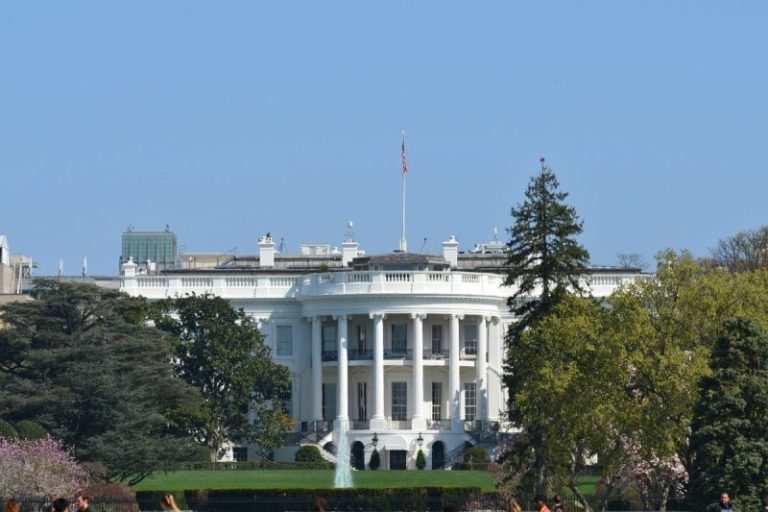In the realm of mine development, the United States has been grappling with some significant challenges that have resulted in the country being outpaced by many others in this critical sector. From lengthy approval processes to regulatory hurdles, the U.S. mining industry is facing obstacles that hinder its competitiveness on a global scale.
One of the primary reasons for the lag in mine development times in the U.S. is the intricate and time-consuming permitting processes. Mining companies operating in the country often struggle with navigating the complex web of federal, state, and local regulations that govern mine development. The lengthy permitting timelines not only delay the commencement of mining operations but also increase the overall costs associated with the projects, making them less attractive for investors.
Moreover, environmental concerns and community opposition play a significant role in slowing down mine development in the U.S. The stringent environmental regulations in place aim to protect natural resources and minimize the impact of mining activities on the surroundings. While these regulations are crucial for sustainable development, the extensive environmental assessments and mitigation measures can prolong the permitting process, leading to delays in project implementation.
Unlike the U.S., several other countries have adopted more streamlined and efficient permitting processes for mine development. Nations like Canada, Australia, and Chile have implemented regulatory frameworks that strike a balance between environmental protection and economic development, enabling mining projects to move forward swiftly. These countries have established clear guidelines and timelines for permit approvals, providing certainty to investors and fostering a conducive environment for mining investment.
Another factor contributing to the U.S. falling behind in mine development times is the lack of coordination and collaboration among regulatory agencies. The fragmented regulatory landscape in the country often leads to duplicative reviews and conflicting requirements, further prolonging the permitting process. Addressing this issue by enhancing inter-agency coordination and streamlining regulatory procedures could help expedite mine development in the U.S.
Furthermore, infrastructure constraints pose a challenge for mine development in the U.S. Inadequate transportation networks, energy infrastructure, and water resources can impede the development of mining projects, making it difficult for companies to access remote mineral deposits. Investing in infrastructure upgrades and expanding connectivity to mining regions could facilitate smoother project implementation and enhance the competitiveness of the U.S. mining industry.
In conclusion, addressing the bottlenecks hindering mine development in the U.S. is crucial for unlocking the full potential of the country’s mineral resources and enhancing its global competitiveness. By streamlining permitting processes, improving regulatory coordination, investing in infrastructure, and engaging stakeholders effectively, the U.S. mining industry can overcome its challenges and thrive in the ever-evolving global market.



